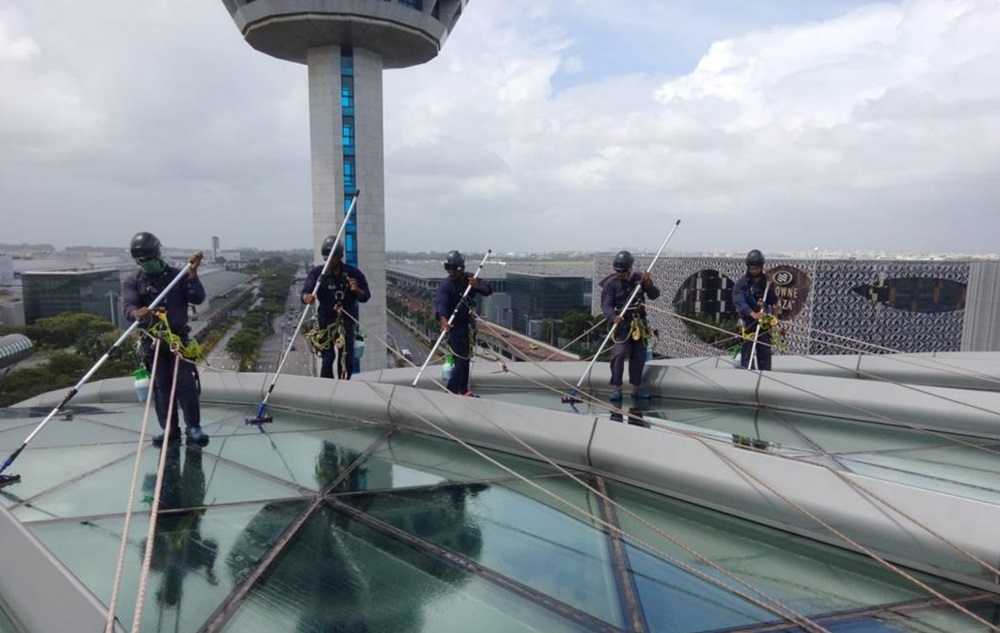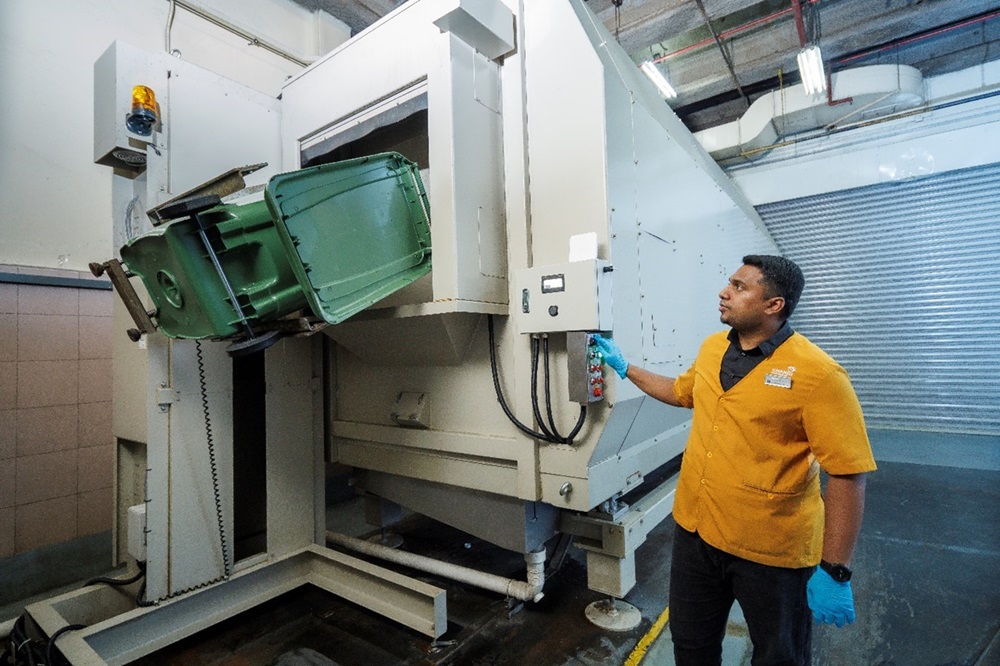At Changi Airport, safety and security is our top priority and all air travellers must go through security screening before boarding their flight. Changi Airport Group (CAG) strives to ensure that this process is seamless for our passengers while keeping security standards high.
As part of CAG’s continuous pursuit of excellence, CAG is now trialling the use of artificial intelligence (AI) and machine learning (ML) to enhance and improve the speed of the security screening process. With higher screening speed and accuracy, this would bring about an improved passenger experience.



Changi Airport is trialling the use of AI technology in security screening to make the process more efficient and seamless for travellers.
Current carry-on baggage screening technology relies on X-ray machines to produce highly detailed two-dimensional (2D) images for analysis by security officers to detect items of concern. This is a highly challenging and time-consuming role due to the need to detect a wide variety of prohibited items which includes all forms of ammunition, dangerous substances, sharp objects, and weapons. To serve our passengers well, CAG deploys a number of security screening officers to swiftly process the tens of thousands of carry-on bags passing through Changi daily. Security screening operations is therefore one of the most manpower intensive touchpoints at the airport.
With more advanced carry-on baggage screening technology, based on Computed Tomography (CT) X-ray capabilities these days, operators can now view high quality 3-dimensional (3D) images for analysis. Not only does this provide more information for a better security outcome, it also improves the passenger experience because they can keep their electronic items like laptops inside their carry-on bags during security screening.
Changi is trialling a smart solution in Terminal 3 -- the ‘Automated Prohibited Items Detection System’ (APIDS), which helps to improve efficiency of the operators while achieving desired security outcomes.
How is AI-enabled technology different?



The new system uses AI and ML-based algorithms to automatically pick out items deemed to be a security risk, reducing the time required for operators to physically scan the images.
APIDS uses a combination of different technologies to detect prohibited items in both 2D and 3D X-ray images. The system analyses a vast amount of data to identify patterns and anomalies and can consistently detect objects that it has been trained to recognise. APIDS can screen and interpret images faster, and automatically highlight items that it has been trained to recognise. This greatly reduces the time required for operators to process images, as well as the chances of human error.
The trials at Changi are showing promising results, with the APIDS performing well with a high detection rate for trained items. As the technology matures, Changi will decide whether to expand its use across the airport, from the current mode where it is simply assisting the operators. This is expected to further improve the speed of clearance by up to 50%, as well as enabling manpower resources to be optimised and redeployed to other areas.



Screenshot showing the APIDS marking out a threat item automatically in red, for further review by the operator.
The road ahead
The European Civil Aviation Conference (ECAC) has developed a set of testing protocols to assess if APIDS developed by Original Equipment Manufacturer (OEM) or third-party software developers are able to meet the international security screening standards set by the International Civil Aviation Organisation (ICAO). While the certification of such technology is currently in its early stages, it sets the foundation for more trials and adoption at airport security checkpoints. Eventually, this would provide the basis for operators to only review images of ‘threat’ or ‘unknown’ items, similar to how hold baggage security screening is conducted.
To support the roll-out of APIDS, international bodies such as ICAO and state regulators would also need to discuss the policy of adoption and the difference in standards of performance during the period of transition. This requires deeper discussions on the roles and responsibilities of the human operators in various phases of system deployment.
AI-powered innovation is set to be a game-changer for airport security around the world. Changi Airport will continue to trial advancements in AI technology, such as APIDS, to improve manpower productivity without compromising security and operational efficiency, resulting in a safe, seamless, and stress-free airport experience for passengers.
Other Articles

Scaling great heights to keep Changi’s facade clean
As a key aviation hub, it is important for Changi and Jewel to keep their façade in tiptop condition. Learn what goes on behind-the-scenes to plan the cleaning process for these national icons.

A look into Changi’s strategy in driving alcohol sales
Recognising the joy of sharing cherished moments over a glass of fine wine or spirits, Changi embarked on a journey to curate a wide selection of liquor, together with special experiences for travellers.

On LinkedIn@ChangiAirport
Efficient waste management is an important part of infrastructure projects, to ensure cleanliness and environmental responsibility. Learn Changi’s approach in this area.


